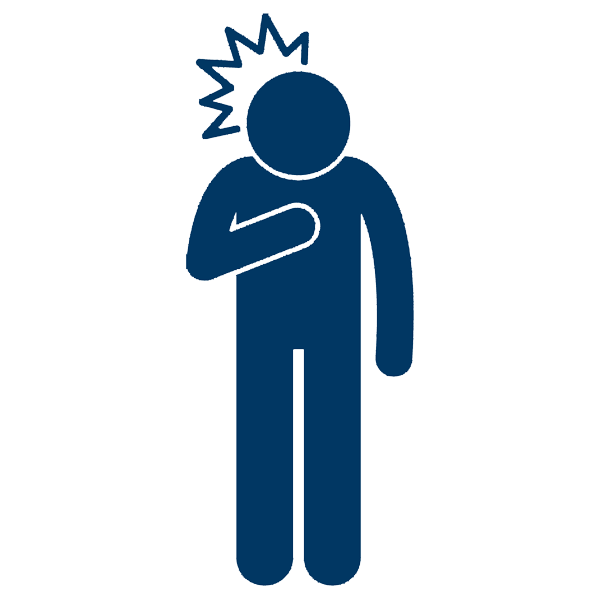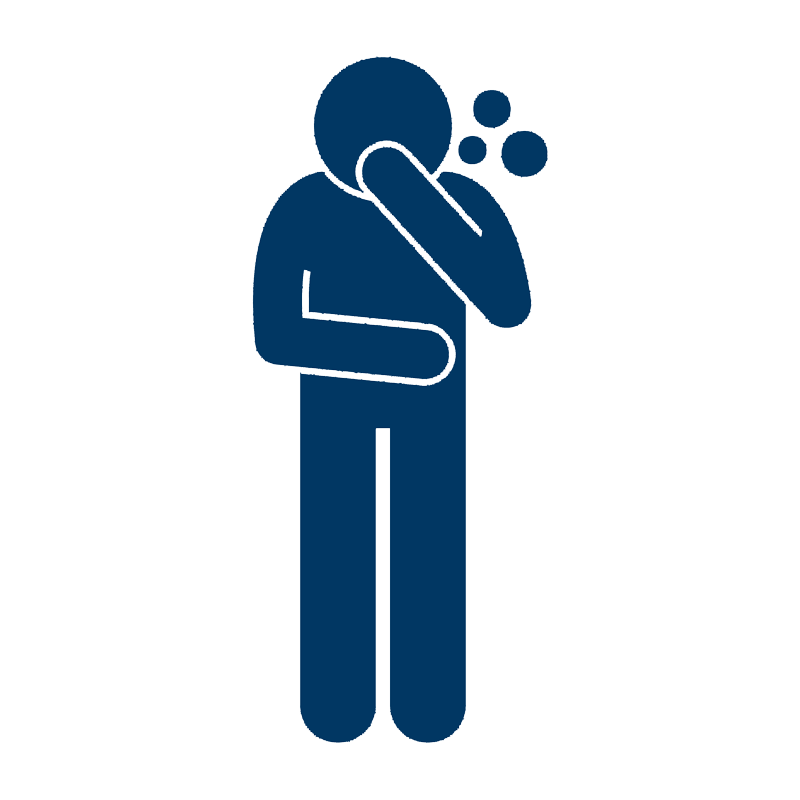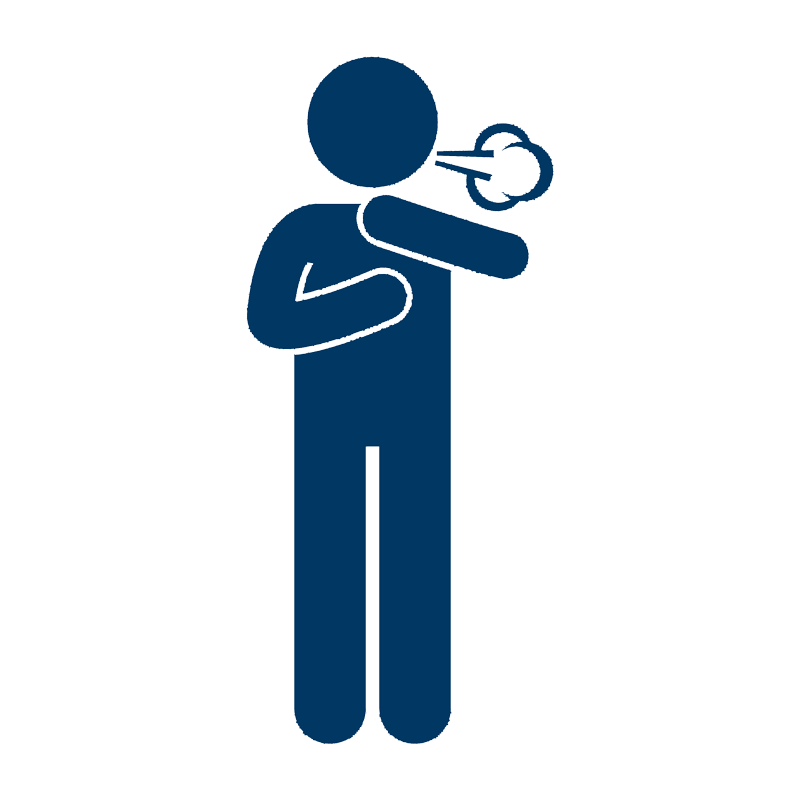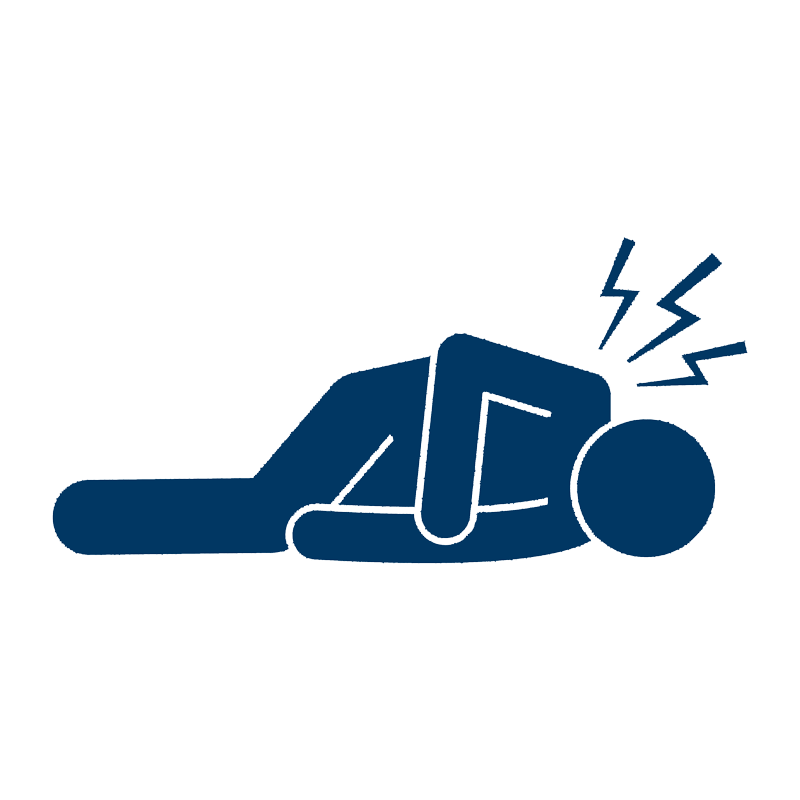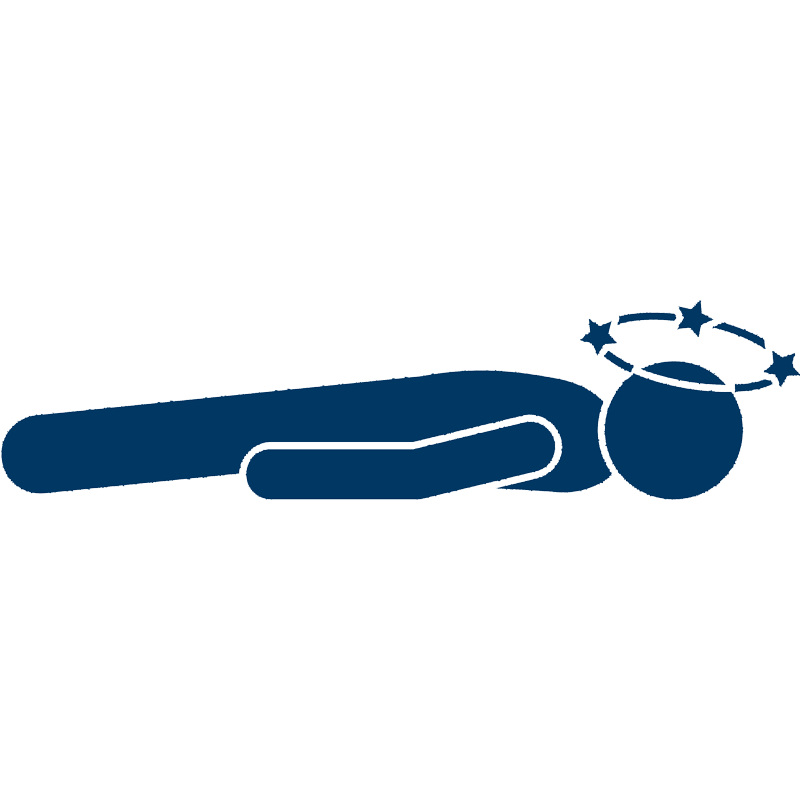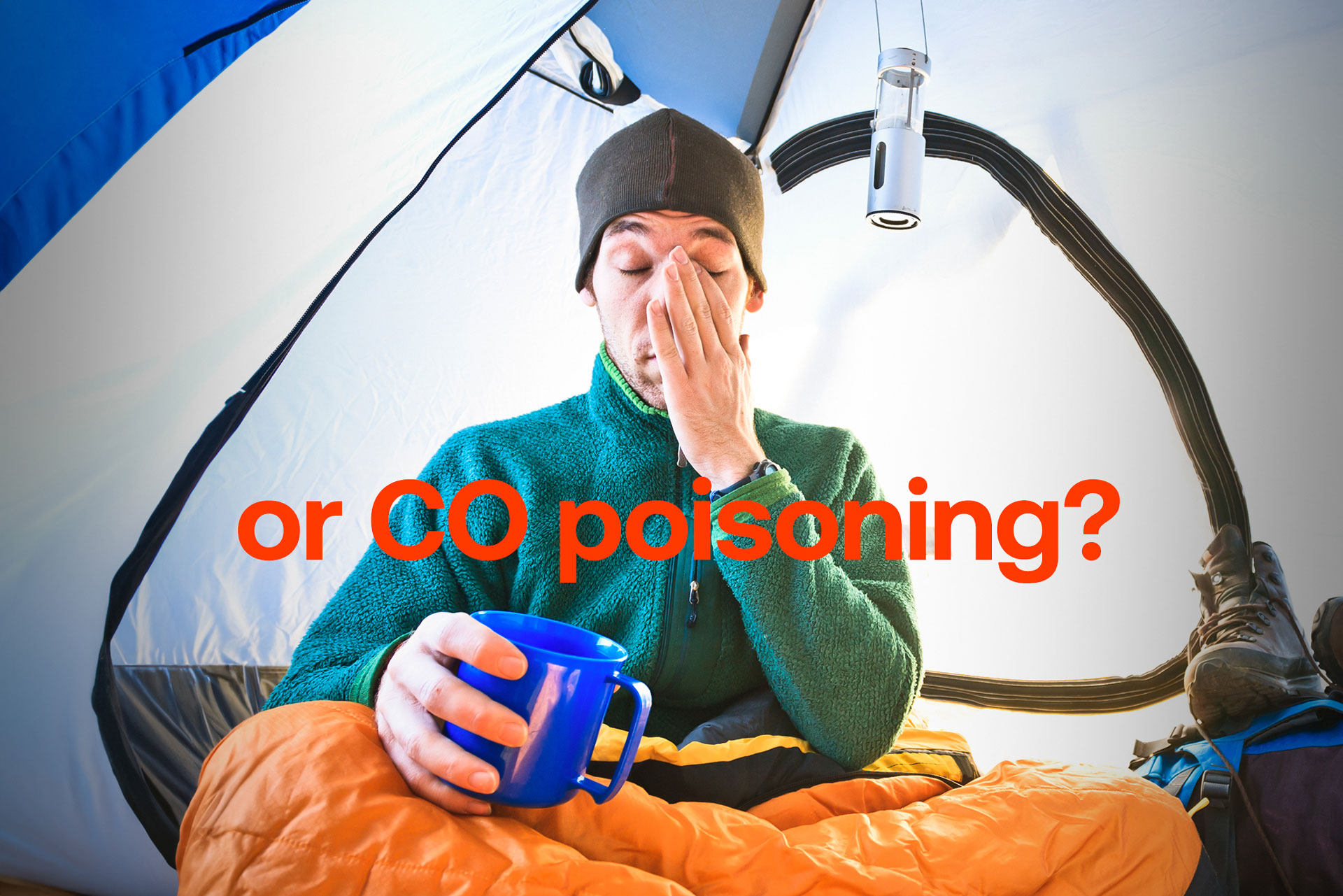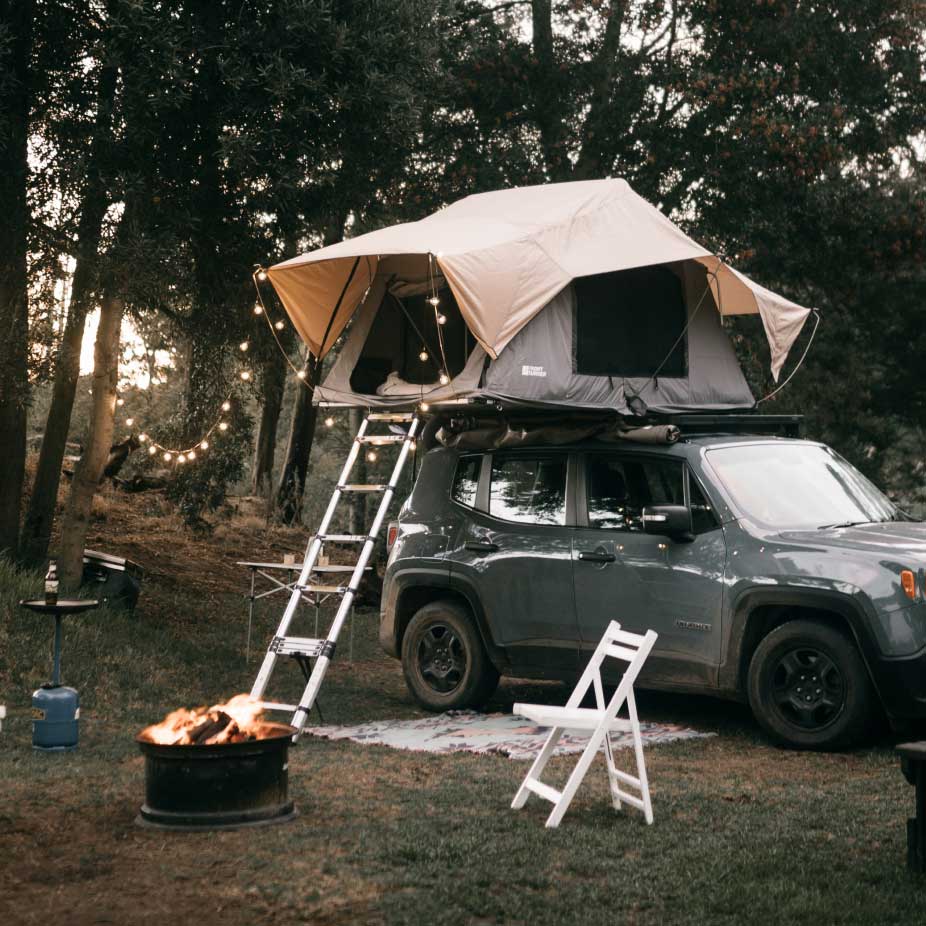In the winter, we tend to close windows and doors and turn up the central heating to keep warm. But if you have a carbon monoxide (CO) leak, this can be extremely dangerous.
CO is a colourless, odourless, tasteless poisonous gas that can be produced by the incomplete burning of carbon-based fuels, including gas, oil, wood and coal. For example your gas cooker, boiler, woodburner and gas or open fire.
Be CO aware this winter. Know the signs and symptoms to look out for and the steps you can take to protect your home.
If you suspect CO, you should call the National Gas Emergency Service number on 0800 111 999* immediately. This is a FREE service, which is available 24 hours a day, 365 days a year. Advisors will be on hand to instruct you on what steps to take next. They’ll send out an emergency gas engineer from your local gas distribution network who'll ensure steps are taken to make the situation safe.
Please note: All calls are recorded and may be monitored.
How to stay safe from CO.
To reduce the risks of CO poisoning, you need to:
Do not:
Check for signs of a CO leak.
You can’t see, taste or smell CO, but there are some physical signs you can look out for around your home. The earlier you spot them, the more you can do to minimise the health risks posed by a leak.
Signs of CO
A CO alarm could save your life this winter
A CO alarm that will alert you to a potential leak, is the best way of knowing if CO is present in your home. Make sure it's correctly positioned in your home and tested regularly.
Purchasing your CO alarm
You should always buy your CO alarm from an approved retailer and ensure it complies with the British Standard BS EN50291-1. Always look out for the BSI kitemark.
Where to place your CO alarm
It’s important your CO alarm is in the right place in order for it to work correctly.
You should ideally have one on each level of your house and definitely in the same room as any fuel-burning appliance (like a boiler, stove or oven). Always check and follow the manufacturer’s instructions when placing and testing the alarm.
Here are some key points to keep in mind:
Place the alarm at head height (like on a shelf or bookcase) 100cm-300cm from the potential source of CO.
Ceiling mounted alarm
At least 30 cm from any wall
Wall mounted
At least 15 cm from the ceiling
- Don’t place the alarm near a fireplace or any appliance that produces a flame (like your gas hob).
- Don’t put your alarm in cupboards, behind furniture, or near outside doors or ventilation equipment (like an extractor fan), or it won’t work properly.
Testing your CO alarm
Remember to pay close attention to the alarm’s battery life and when it will need replacing. Most alarms will last between five and seven years, with some lasting for as long as 10 years. Many CO alarms have an expiry date marked on them. Make a note of this and replace your alarm before it reaches this date.
It is also important to regularly check the alarm, once a month if possible. You could set a reminder on your phone or add to your calendar as an easy prompt.
Stay safe. Know the symptoms of CO poisoning.
Breathing in CO can make you seriously ill and can even cause death, so it’s important to know the symptoms of CO poisoning. They’re very similar to food poisoning, flu and even a hangover.
If your symptoms lessen or disappear when you’re outside the house, it might be CO poisoning, so seek urgent medical attention and call the National Gas Emergency Service free on 0800 111999.*
*All calls are recorded and may be monitored.

Learn how to spot the symptoms
If you have any of these symptoms don’t take the chance. Ask yourself these four questions. They can be remembered by using the acronym ‘COMA’:
- C for Co-habitees and co-occupants. Is anyone else in the property affected (including pets)? If yes this could increase suspicion of CO poisoning.
- O for Outdoors. Do your symptoms improve when out of the property? If yes this could increase suspicion of CO poisoning.
- M for Maintenance. Are heating and cooking appliances/equipment properly maintained? If no, this could increase suspicion of CO poisoning.
- A for Alarm. Do you have a CO alarm? If no, this could increase suspicion of CO poisoning.


